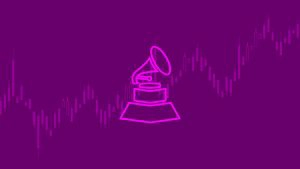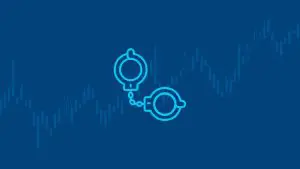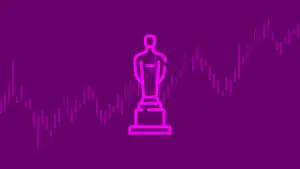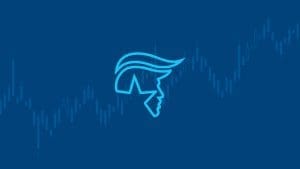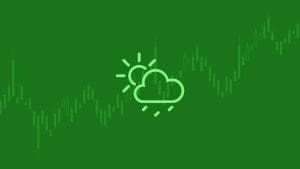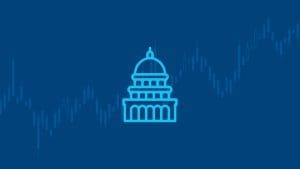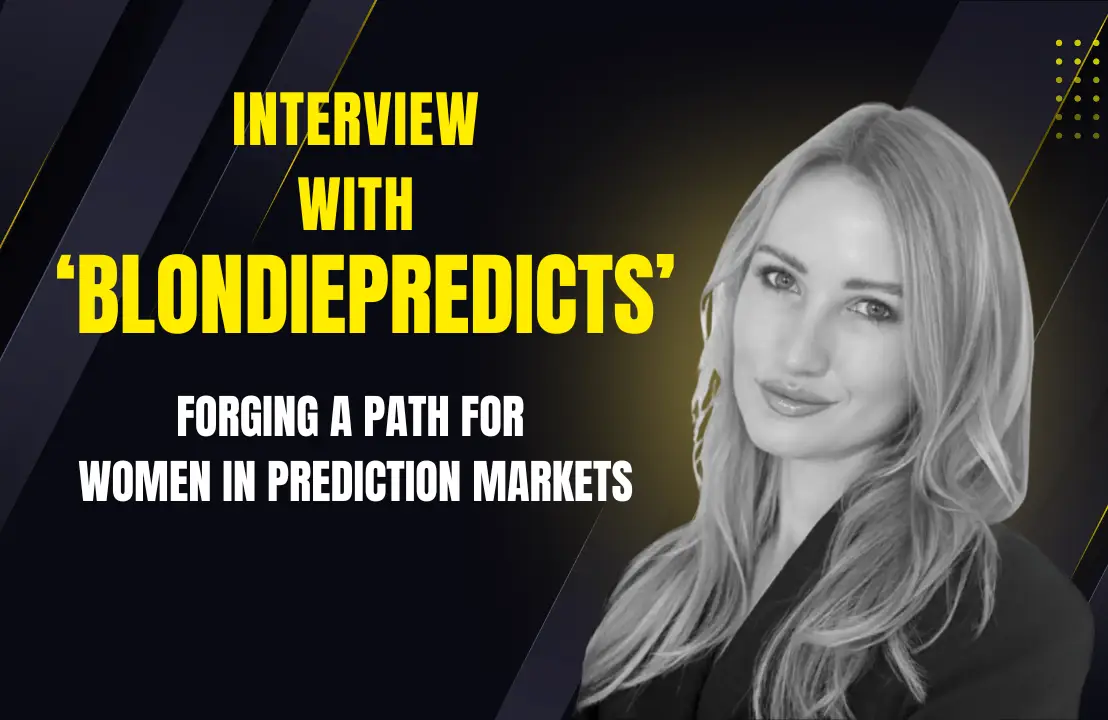One of the nice things about prediction markets is that each one comes with its own settlement terms. Properly written, the market’s outcome and the authority deciding it are both clarified ahead of time.
ForecastEx’s climate markets are decided by the U.S. Energy Information Administration. Kalshi’s election market outcomes are verified by the Library of Congress. These clear verification rules both allow prediction markets to pay out fairly and give traders the flexibility to adjust their beliefs as they engage in the market. ‘
Dr. Moran Cerf’s research has shown that prediction market trading can shift beliefs about climate change. By participating in prediction markets related to climate events, traders who were skeptical about climate change made small changes in their beliefs. One of Cerf’s reasons for optimism about prediction markets is the verification mechanism.
“You cannot create a prediction market that shows that weekends are not real or that the world is flat because it’s not so,” Cerf said.
The greater value of prediction markets lies in two inherent strengths: long-term outlooks and encouraging voluntary learning.
Long-term game for truth
One of the markets that Cerf’s traders bet on was whether monthly temperatures would reach their highest levels to date. During one of the trading periods, the temperatures were lower than climate science predicted.
“We actually were worried, I think, in the first 10 days of our prediction market, we had like, nine consecutive days where all the outcomes seemed to not align with climate science,” Cerf said.
In his book Naked Statistics, economics professor Charles Wheelan recounts an exercise he conducts with his classes. Wheelan will have his students flip coins to determine who sits and who remains standing. By the end, one student is standing, illustrating how streaks work.
“…they know that the student who flipped six tails in a row has no special coin-flipping talent,” Wheelan wrote. “He or she just happened to be the one who ended up with a lot of tails. When we see an anomalous event like that out of context, however, we assume that something besides randomness must be responsible.”
In Cerf’s experiment, climate science was vindicated in the long run, which revealed how important time horizons are in prediction markets’ structures. There’s always a data point – or a string of them – that may prove a contrary opinion right. But to prove a trend, prediction markets must last long enough for the trend to reveal itself.
Investment advice for climate change sceptics:
— Robert Dur (@DurRobert) February 18, 2019
"Anyone doubting the observed warming trend can make a significant profit by betting against it in weather markets."
Schlenker and Taylor (2019), Market Expectations About Climate Change, https://t.co/gDsD6Em3g5 pic.twitter.com/msfWTv07qA
Voluntary learning
Prediction markets encourage traders to learn more about the issues they bet on. With real money on the line, traders want to ensure that they’re buying contracts most likely to pay out.
Traders may have sought out sources within their existing information bubbles, but what was important was that they were seeking out facts themselves instead of having facts thrown at them. Cerf used a marketing analogy to explain this behavior, referencing Coca-Cola and Pepsi.
“If you yourself are thirsty, and you go and search for products and you find Coca-Cola, [that’s when] you’re going to love it the most,” Cerf explained. “So we know from marketing that if you found it yourself, [that’s] the best. And that’s in a way what we’re encouraging [in] this study.”
Encouraging voluntary learning could be transformational over time and in large numbers. Traders may not switch sides on issues like climate change, but engaging with new facts could change the Overton window within ideological bubbles. Mind changes over time are a potential area of future study.
Drawbacks of prediction markets
Despite their strengths, prediction markets have limitations: representative sampling and addiction risk.
The sample issue comes from an issue that traditional polls also faced in the 2016 and 2020 presidential elections. People who could afford to stay home were often more affluent, more liberal, and were overrepresented in many polls. It’s one reason Hillary Clinton’s support was overestimated in 2016 and why some polls overestimated Biden’s margins of victory in 2020.
“If you want to use it [a prediction market] as a poll,” Cerf explained, “you have to kind of put in your mind that [you] will get people who can afford to learn, who are interested in those things. You get a sample that’s not representative. You don’t get kind of the stereotypical 70-year-old mom from Oklahoma. She’s not in your poll.”
However, prediction markets attract people who are willing to put money behind their opinions. Attracting the most passionate traders is one feature of prediction markets that has resulted in forecasts that are different from polls. As of Oct. 16, national presidential polls consistently showed Harris ahead by one to four points. Meanwhile, Kalshi, PredictIt, and Polymarket all showed Trump leading – Kalshi and Polymarket by double digits.
While I was asleep Donald Trump hit an all time high of 60% on Kalshi pic.twitter.com/ONzGsJ6UrK
— Kalshi (@Kalshi) October 22, 2024
Addiction issues
Prediction markets are also addictive for a minority of traders. It’s the dark side of having a more attractive polling mechanism than pollsters.
“It’s both [that] there’s a problem [with] addiction generally,” Cerf said, “but also the problem of the type of people who are, again, a subsample of those who aren’t just understanding how to do it, but also that get a boost of dopamine from winning.”
During the height of the cryptocurrency boom, many traders lost large sums of money they couldn’t afford to lose, highlighting the dangers of treating speculative markets as slot machines.
In contrast with the gambling and crypto industries, the finance industry has been largely insulated from addiction concerns. Prediction markets could face scrutiny over addiction issues if they lean into branding themselves as “betting” platforms rather than “trading” platforms.



